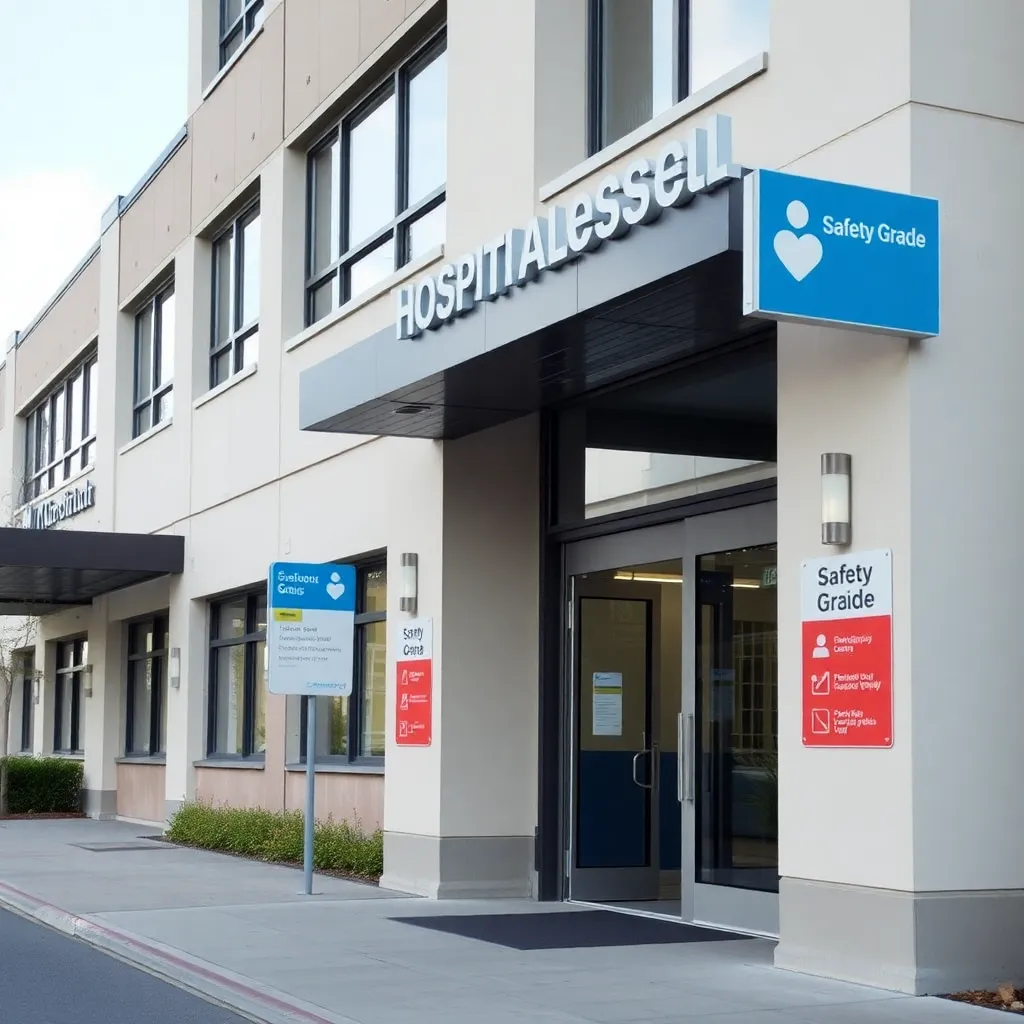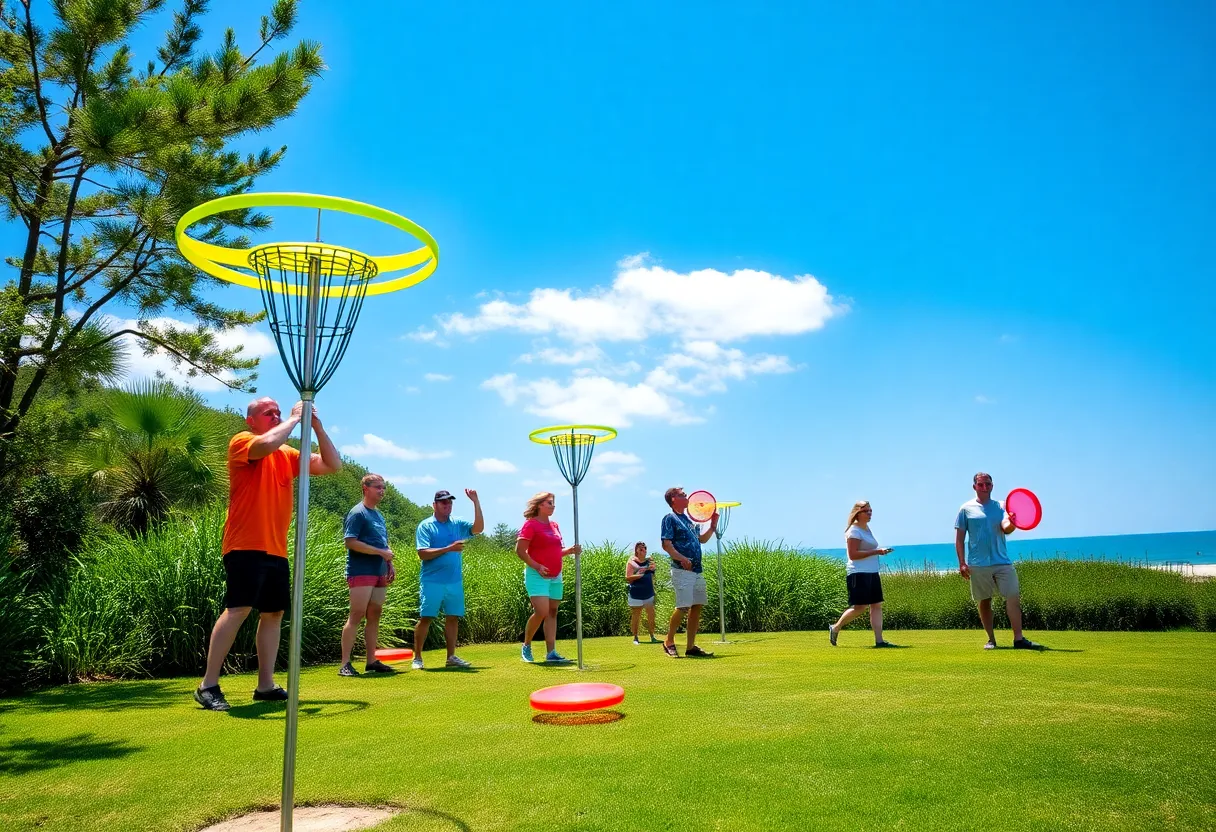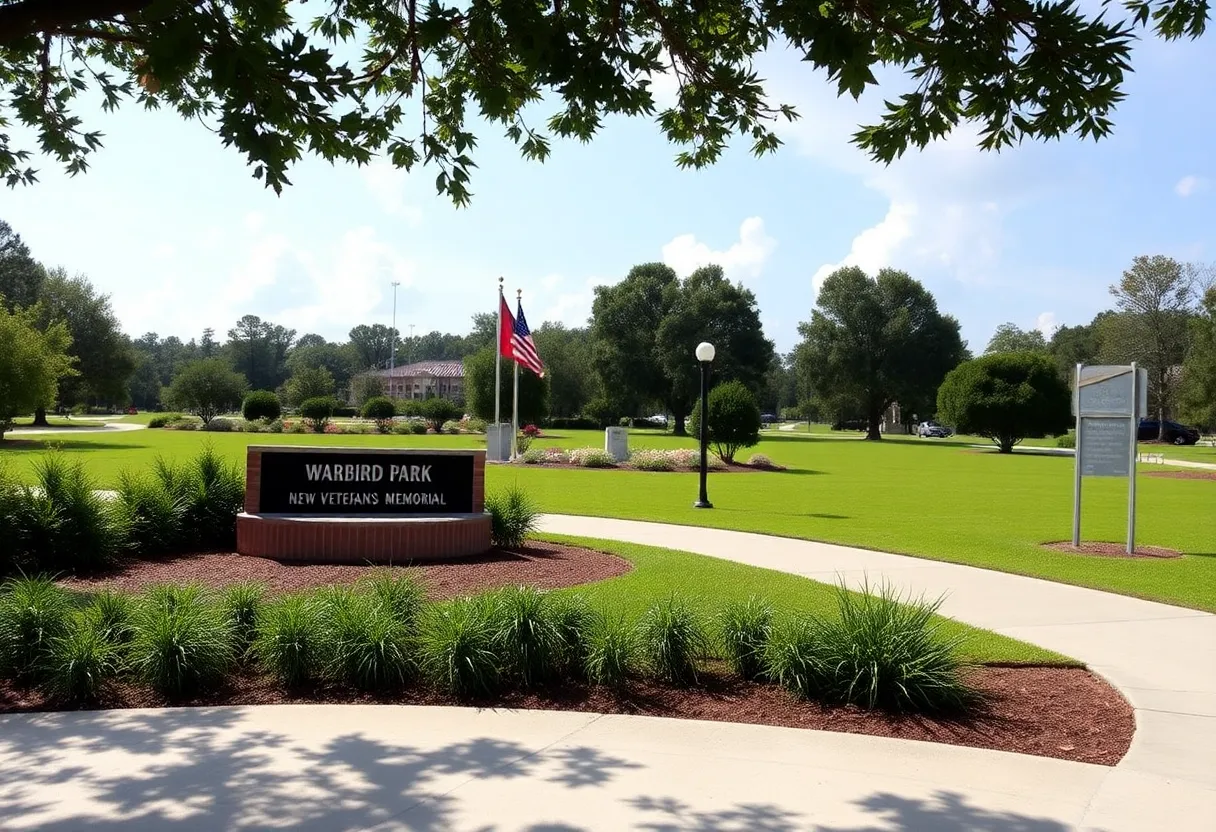Myrtle Beach Hospitals: The Latest Safety Grades Are In!
Hey there, Myrtle Beach! Have you heard the latest buzz about our local hospitals? The Leapfrog Group, a nonprofit that has dedicated over 20 years to analyzing patient safety and care data, recently released its fall 2024 safety grades. The results might surprise you, especially if you’ve been considering a visit to one of our nearby facilities.
Not All Hospitals Are Created Equal
In this latest report, it turns out that nearly half of the hospitals in the Myrtle Beach area received either average or below-average marks. The Leapfrog Group President and CEO, Leah Binder, emphasized just how crucial it is for people to check these grades before deciding on care. “Despite improvements seen in this fall’s Safety Grade, significant variation in performance remains across U.S. hospitals,” she noted. This only reinforces the idea that all hospitals are not the same.
What Exactly Did Leapfrog Look At?
So, what criteria did they use to determine these grades? Leapfrog analyzed publicly available safety data on more than 30 measures related to patient safety. These measures included issues like infections, accidental injuries from procedures, and even complications that could lead to deaths that are otherwise treatable. It’s all aimed at providing a snapshot of how well hospitals protect their patients from errors and accidents.
How Do South Carolina Hospitals Rate?
The Myrtle Beach Breakdown
- Grand Strand Regional Medical Center – A Grade (809 82nd Parkway, Myrtle Beach, SC 29572-4607)
- McLeod Loris – B Grade (3655 Mitchell St., Loris, SC 29569-9601)
- McLeod Seacoast – B Grade (4000 Highway 9 E., Little River, SC 29566)
- Tidelands Waccamaw Community Hospital – C Grade (4070 Highway 17 S., Murrells Inlet, SC 29576)
- Conway Medical Center – C Grade (300 Singleton Ridge Road, Conway, SC 29526-9175)
- Tidelands Georgetown Memorial Hospital – D Grade (606 Black River Road, Georgetown, SC 29440-3304)
What Does This Mean for You?
So, what should you take away from all this? The next time you or a loved one is considering medical care, it’s a great idea to keep these safety grades in mind. They can make a significant difference in your health and recovery. As we’ve seen, all hospitals have their strengths and weaknesses, and knowing how they measure up could help you make a more informed decision for you and your family.
Stay safe out there, Myrtle Beach, and let’s hope our local hospitals continue to improve their grades in the future!

Author: STAFF HERE MYRTLE BEACH
The HERE Myrtle Beach Staff Writers are a collaborative team of journalists, editors, and local contributors passionate about delivering accurate, timely information to the Myrtle Beach community. As part of the HEREcity.com Network, which powers over 100 U.S. city sites including HEREcolumbia.com, our staff draws on collective experience in South Carolina journalism to cover everything from business sales and real estate developments to dining deals and community initiatives. Our Expertise and Background Local Roots in Myrtle Beach Our team includes lifelong Myrtle Beach residents and SC natives with deep knowledge of the area’s history, economy, and culture. We’ve covered key events like the recent developments along the Grand Strand, Myrtle Beach’s tourism and hospitality industry, and growth in local education sectors (e.g., Coastal Carolina University programs). Collective Experience With over 50 combined years in journalism, our staff has backgrounds in print, digital media, and community reporting. We prioritize fact-based stories, drawing from sources like the Myrtle Beach Area Chamber of Commerce, city government records, and on-the-ground interviews. Commitment to Quality Every article is a group effort, involving research, editing, and verification to ensure reliability. We adhere to journalistic standards, citing credible sources and updating content as new details emerge.





